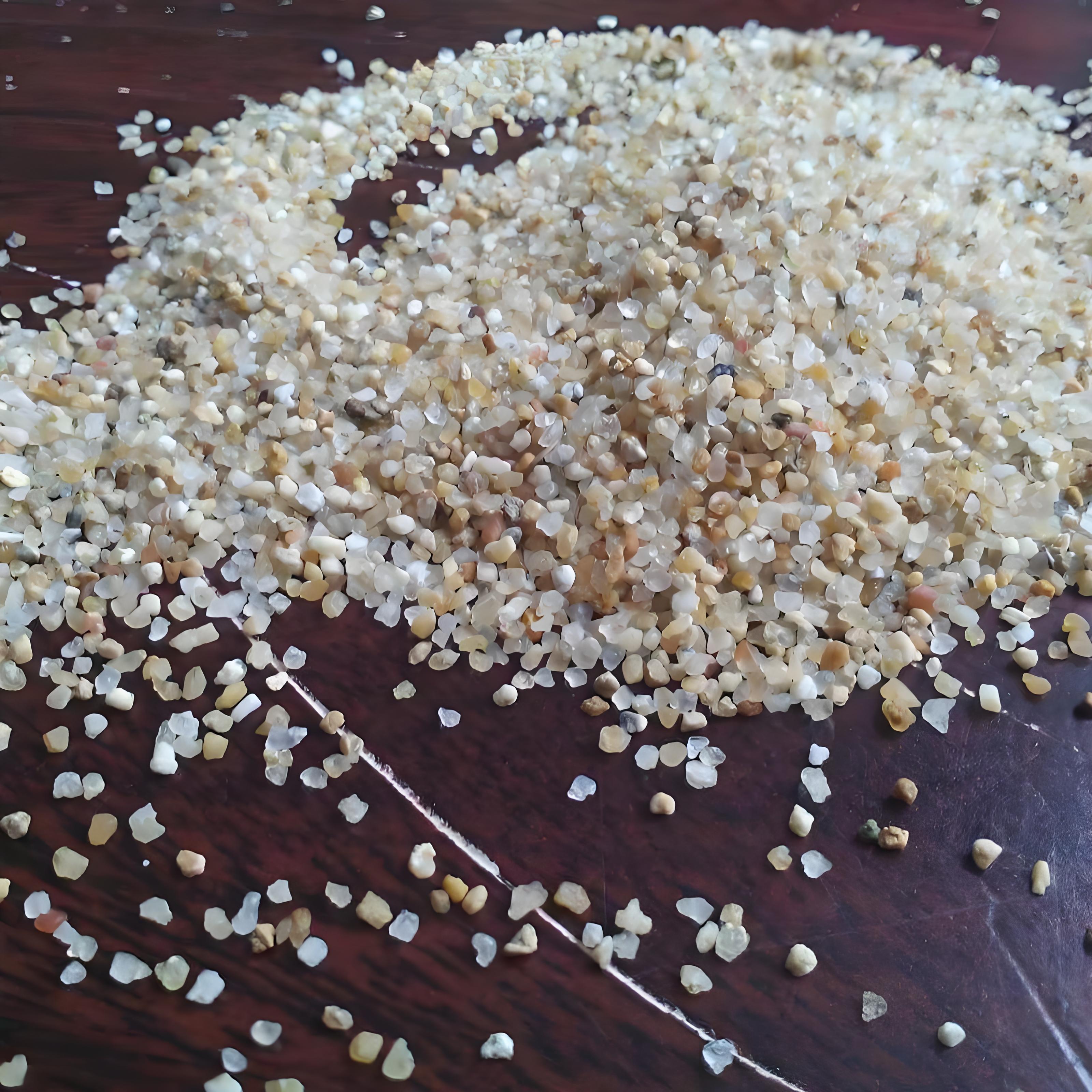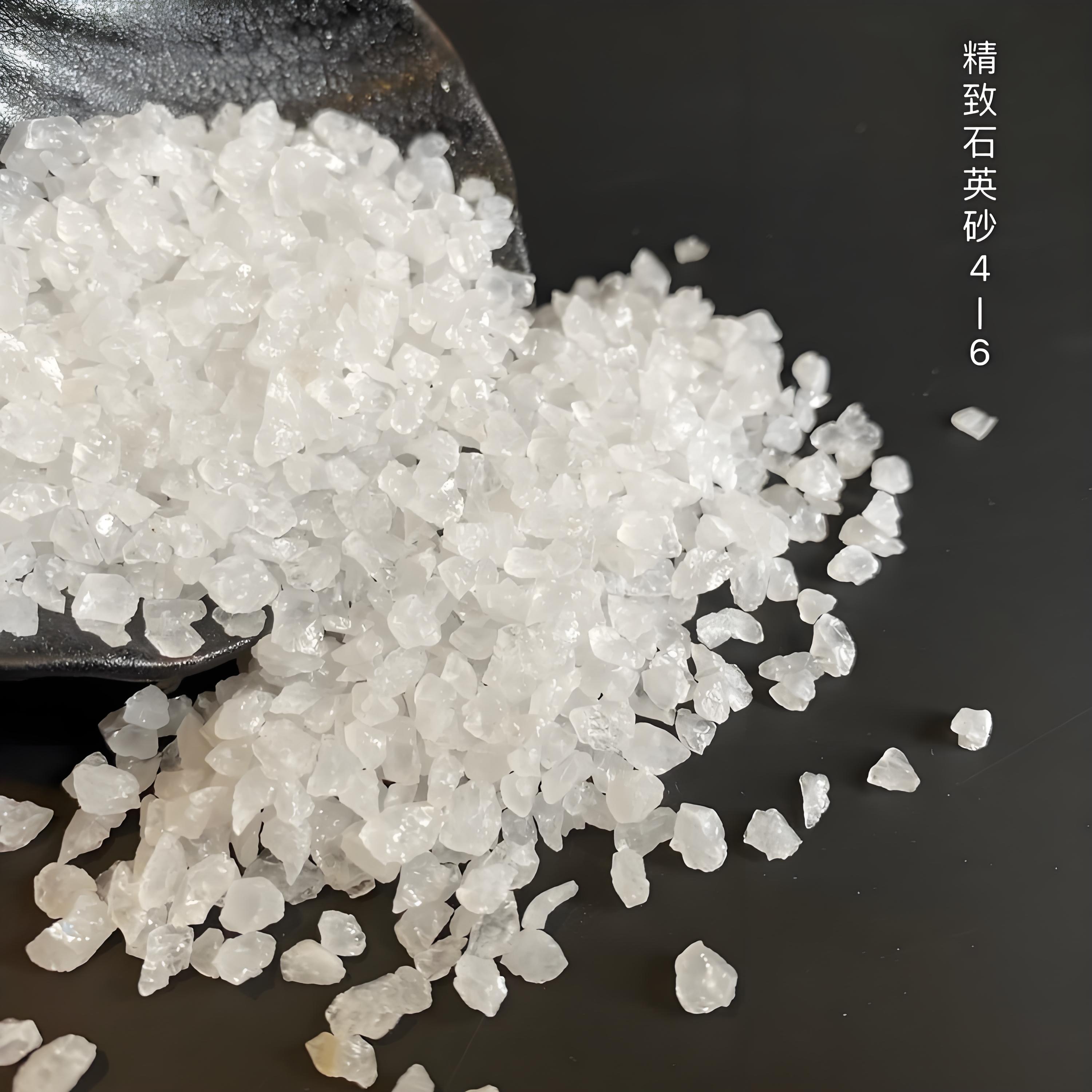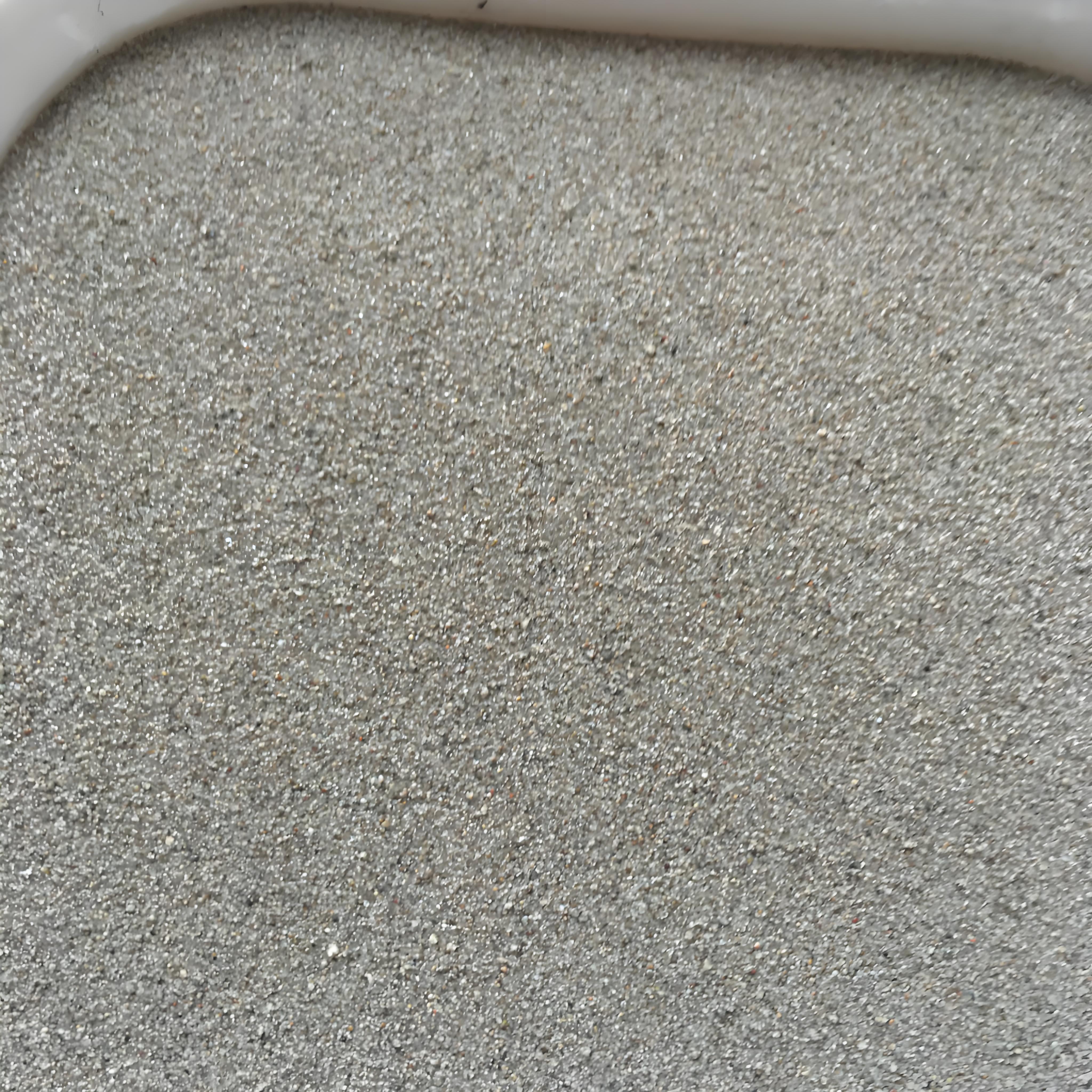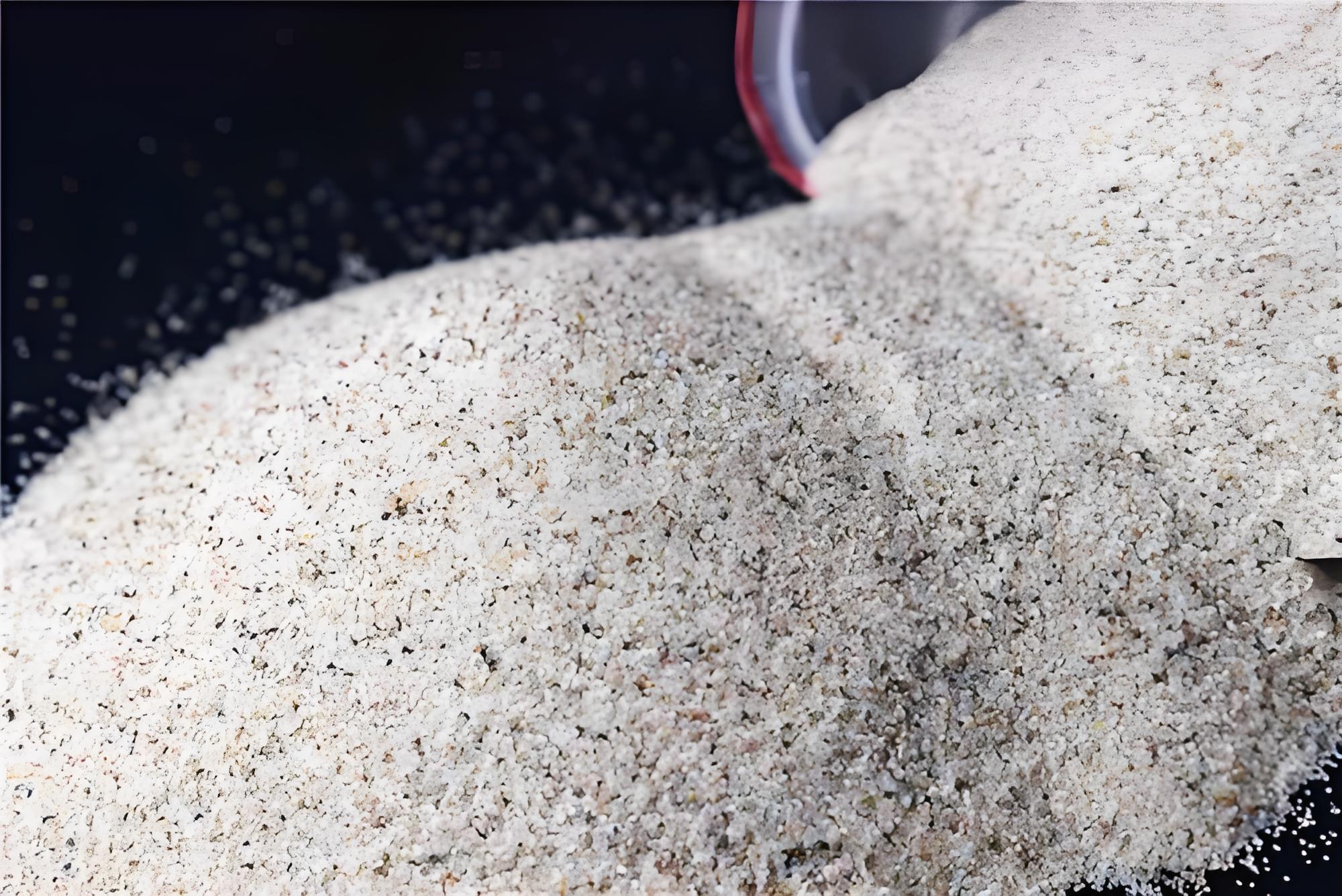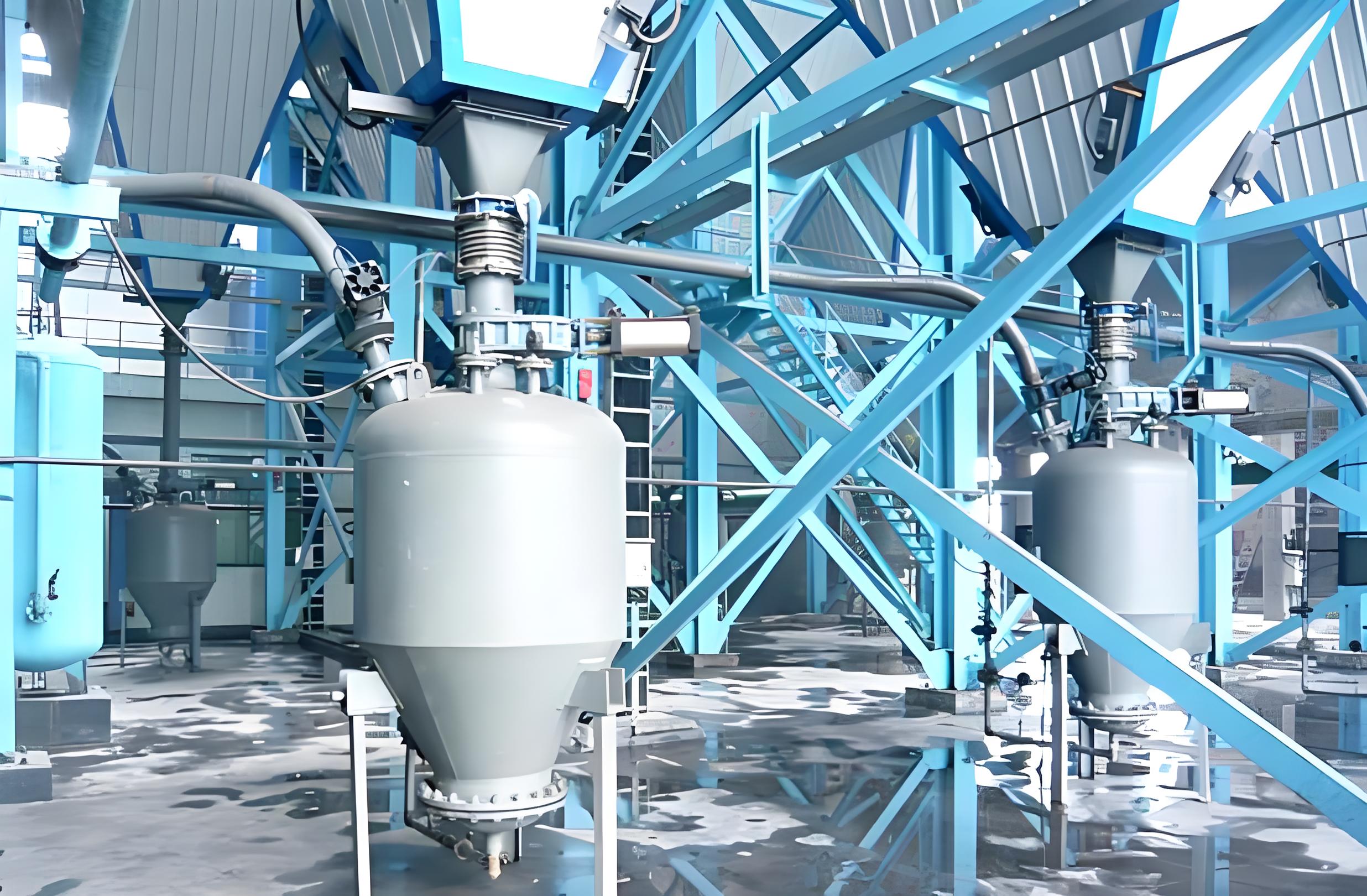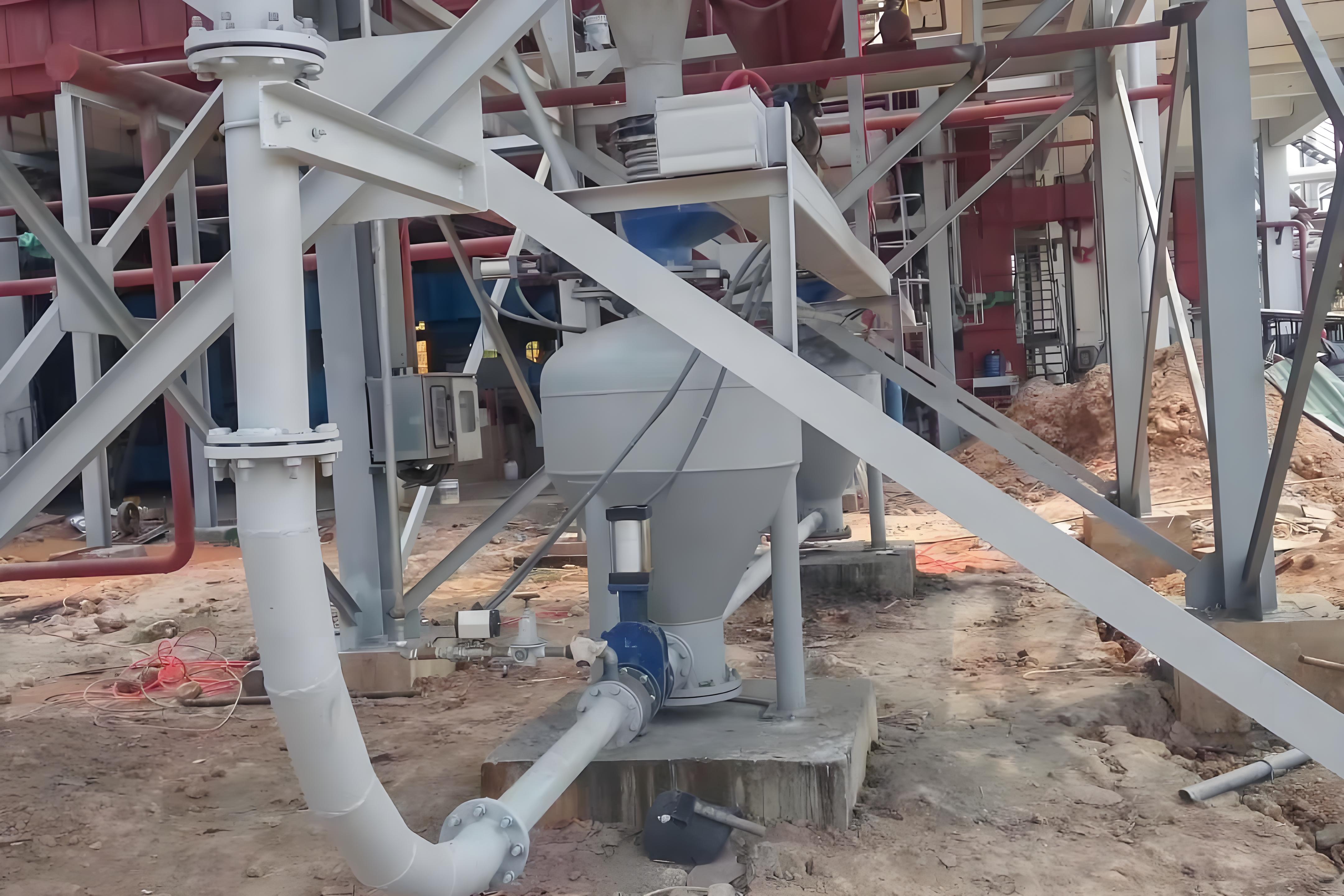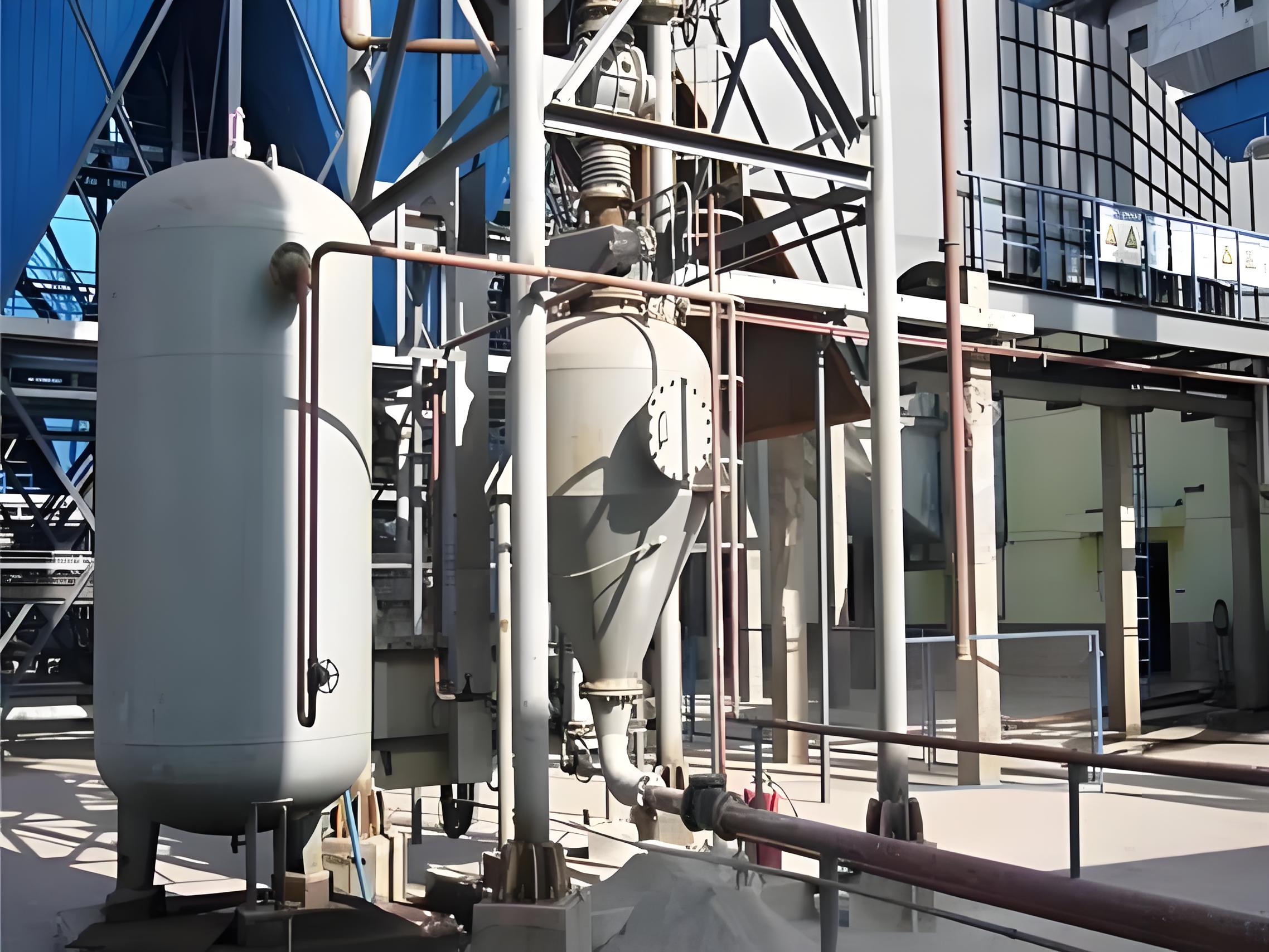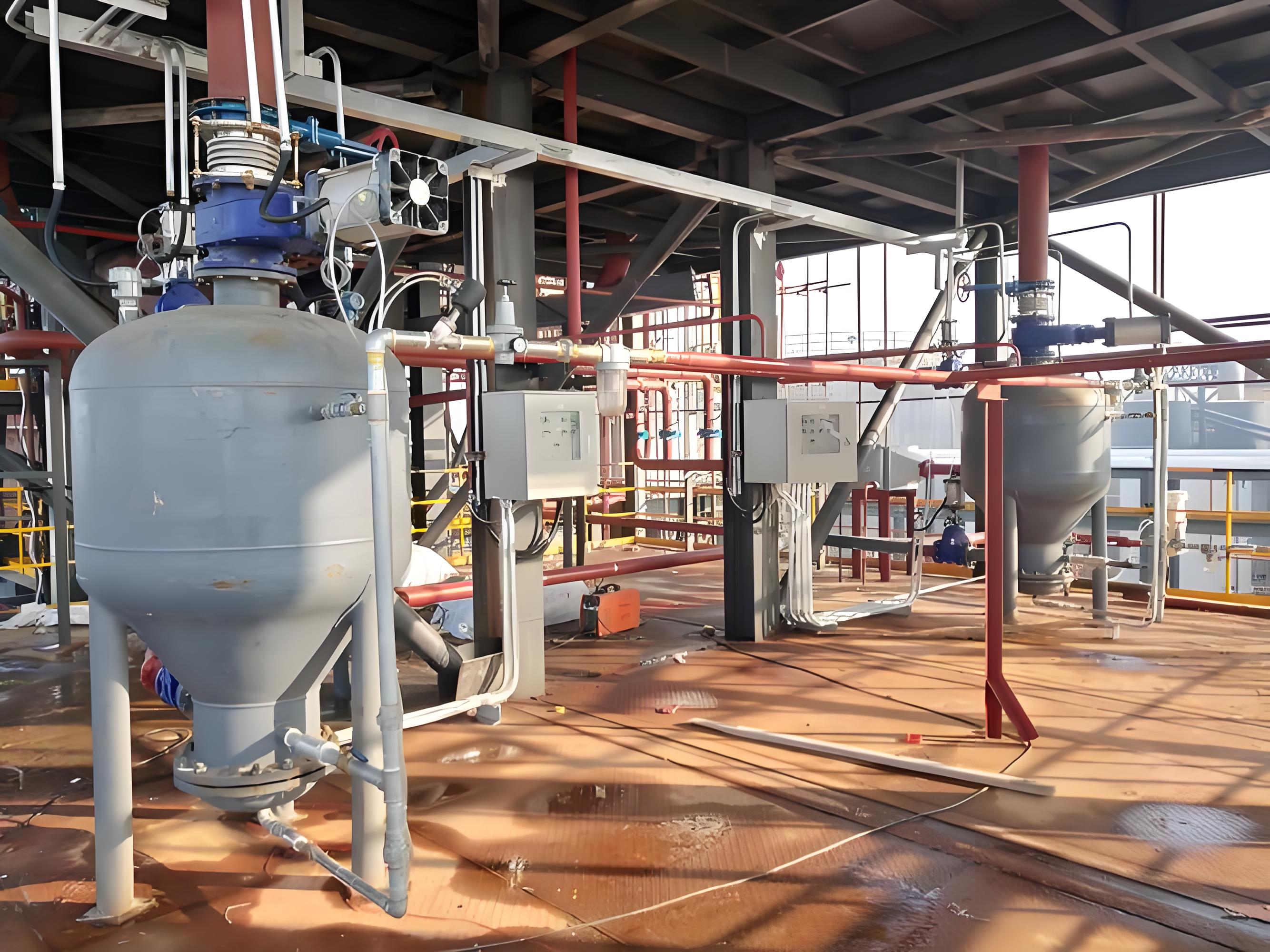Sand pneumatic conveying
Shandong Dongkai can provide turnkey projects such as process demonstration, design, equipment production, equipment installation, and system debugging for sand pneumatic conveying systems based on the actual production and on-site layout of sand materials.
Molding sand can be divided into surface sand, filling sand, and single sand. Surface sand is a layer of molding sand that adheres closely to the casting, with high quality requirements. After filling the sand layer, it does not come into contact with the liquid metal, and the quality requirements are not strict. Single sand is a type of molding sand that does not distinguish between surface sand and back sand, mainly used for machine shaping. In addition, sand molds for large castings often need to be dried before pouring, and the sand used contains a lot of clay, which is called dry mold sand; Small and medium-sized castings are commonly cast using wet mold sand, which contains less clay in the molding sand. This type of molding sand is called wet mold sand.
The physical and chemical properties of molding sand mainly include breathability, strength, refractoriness, gas evolution, setback, collapsibility, flowability, etc. These properties directly affect the quality of castings and production processes.
Breathability:
Breathability refers to the ability of molding sand to allow gas to pass through, directly affecting the surface quality of castings. Insufficient breathability may lead to porosity or cracks in castings.
strength:
Wet strength: The compressive and tensile strength of molding sand in a wet state, which affects the stability of molding, fitting and other processes
Dry strength: The strength of the sand after drying affects the stability of the casting during the initial casting stage.
Hot wet tensile strength: The tensile strength of molding sand during high temperature and rapid heating to prevent deformation of the sand mold during casting.
Fire resistance:
The refractoriness refers to the maximum temperature that the molding sand can withstand, which directly affects the surface quality of the casting. Insufficient fire resistance may cause deformation or melting of sand molds at high temperatures.
Gas generation:
Gasification refers to the ability of molding sand to release gas at high temperatures, which affects the formation of internal porosity in castings. Excessive or insufficient gas generation can lead to casting defects.
Concessionality:
Concessionability refers to the ability of molding sand to undergo plastic deformation under metal hydraulic pressure, avoiding cracks in castings due to excessive rigidity of the sand mold.
Liquidity and plasticity:
Liquidity refers to the flowability of the molding sand during the sand mixing process, while plasticity refers to the ability of the molding sand to deform under external forces, both of which affect the smoothness of the molding operation.
Adhesive and moisture absorption properties:
Stickiness refers to the characteristic of sand adhering to the surface of the mold, and moisture absorption affects the preservation and reusability of the sand.
